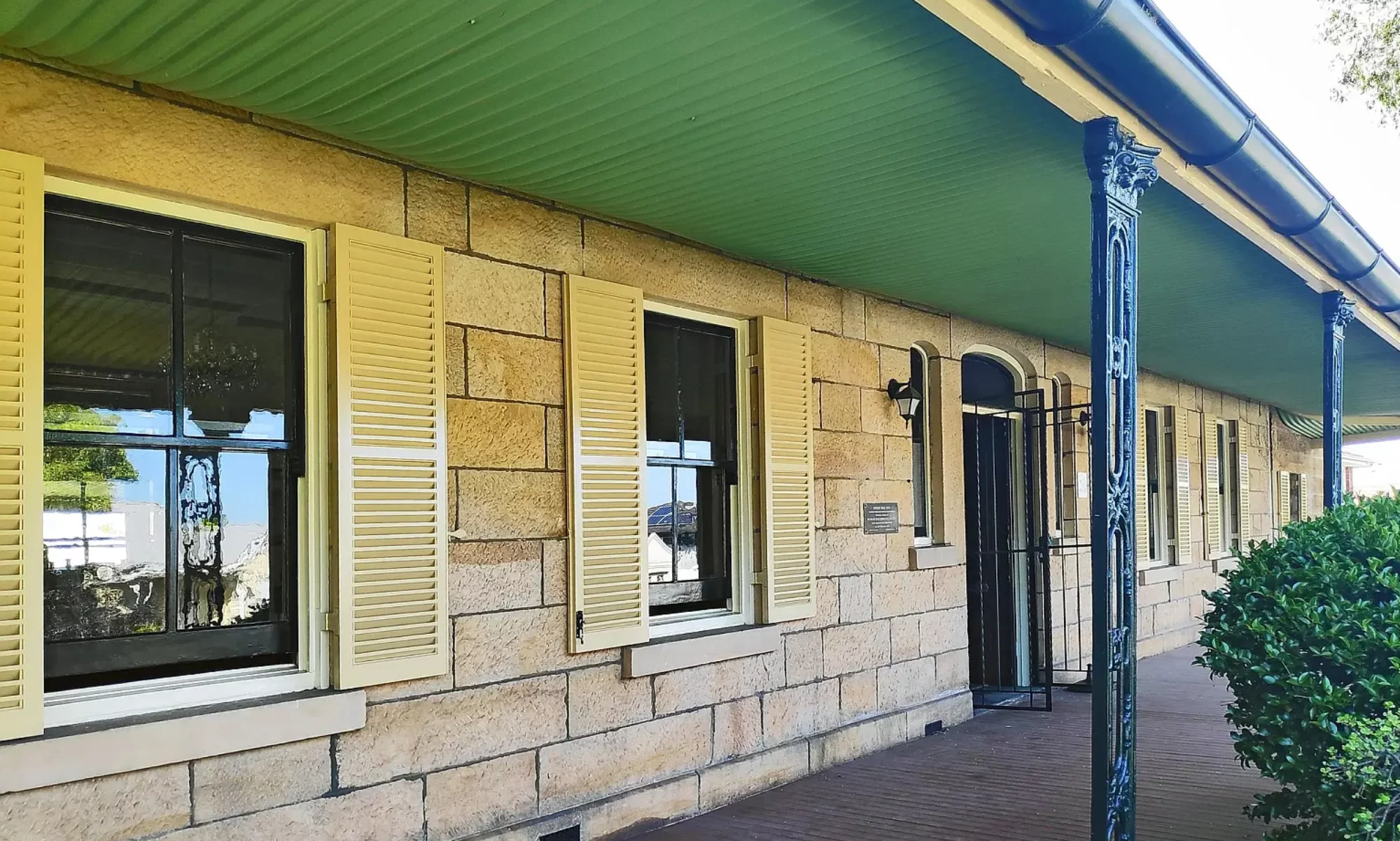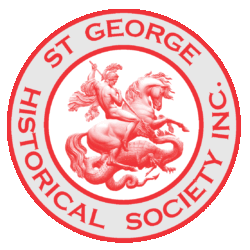An excerpt from The Jubilee History of the Municipality of Hurstville 1887-1937.
Historians can dig in the past and reconstruct the life and conditions of the early days from the materials they excavate, but after all, their story is written from the outside. Pioneers can speak from the inside, that is, they are themselves, part of that past. It is right and proper, therefore, that a chapter of this book should be allotted to some of the pioneers of Hurstville, so that they may tell us something of the days when they and the district were young.

First we have Mr F. G. Gates, of Apsley Street, Penshurst, who was born in 1863, and came to Penshurst when he was ten years of age. Mr Gates speaks:-

“In my young days there were only two roads connecting with Sydney, that is, Forest Road and Rocky Point Road. Stoney Creek Road and the Wollongong Road linked themselves to the Forest Road. These highways were very rough. As one proceeded along the Stoney Creek Road there was much unfenced land to be seen. There were two beautiful homes on the Wollongong Road, owned by Alexander and Thomas Milsop. After passing these homes you came to the corner of Forest Road and Stoney Creek Road, where a fine house of two storeys had been erected by Henry Kinsela. The grounds round this house were a picture to gaze on with their wattle and gum trees, lawns and shrubberies and kangaroos and wallabies running about.
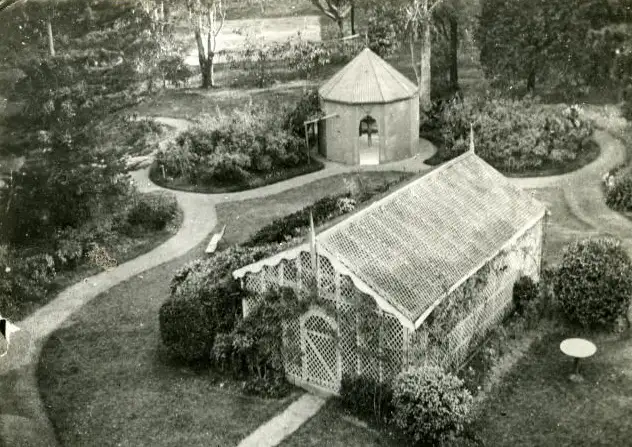
Near the present Baptist Church were some lovely vineyards, carefully tended, the grapes from these were used for making different wines. Amongst the owners I remember Messrs Bayman, Smithson, Stephen, and Evans. Charles Howard at that time dealt in charcoal and many of the settlers used to earn their living by burning huge logs and stumps of trees for charcoal.
One resident named McFarlane, who lived near the corner of Croydon Road, was a wood carter. Climbing the hill we came to a weatherboard dwelling owned by Mrs S. Bown, one of whose sons was an alderman of Hurstville. We now come to six of the best orchards that eyes could gaze on, especially in the apple season. You could see limbs bending under the weight, also of peaches, pears, and oranges. Mr Bown, the father, and his two sons owned orchards, then there was Mr Dent, who had a large orchard, and Mr J. Baker, a small one. These pioneers owned the land on the corner of Stoney Creek Road and Belmore Road.
When I was a boy I noticed a large lamp, projecting out from a building, bearing the sign “Little John and Robin Hood”. Being inquisitive, I asked what this meant and was told it was an inn.
All the settlers in those days had to take their products to Paddy’s Market in Sydney. At first they used a heavy dray and you could hear it groaning along from a long way off. It took nearly three hours to get to the market in these carts. Then the spring-van came in and that shortened the journey.
Now we will take a glance at Forest Road. From Kinsel Grove you came to George Preddy’s property, near the Bexley Oval. On the right hand side of the road from Sydney was a very large estate opposite to what is known now as Willison. Just off the road was a narrow strip of land, about six chains, and that was the only opening to Kogarah. It was thought advisable to link Kogarah with Gannon’s Forest and a road was surveyed and named after a German settler, but after the outbreak of war the name was changed and given that of a gallant boy who was one of the first to fall at Gallipoli. The only exit out from Stoney Creek Road was Belmore Road, and I, as lad, had to trespass on the large estates to get groceries from Mrs Lovely near the old Blue Post hotel. These lands were forests of huge trees towering to a great height.
At Croydon Road there was a number of settlers. Henry Edwards had a big nursery, Mr Doniney, a piggery, and Richard Lardner, a large vineyard. Mr Hodges, a butcher, told me that in the forties a large number of men were employed in the district squaring huge girders of iron-bark. These girders were hauled to Sydney by bullock-jinkers to be shipped to England.
The property we knew as Judd’s Meadows, comprising 680 acres, was owned at one time by Mr Struthers, and was bought by Thomas Walker, whose daughter is Dame Edith Walker. In my boyhood days there used to be a slab-house, owned at one time by Captain Canary. The old hands said the slabs were split in 1830. On the opposite side from the Meadows there were two large estates, one owned by Peter Moore, of Kogarah.
When the railway was being laid many of the huge iron-bark trees on Mr Dent’s land were felled to make sleepers. I was one of those who bought a ticket for the first train to run from Hurstville to Sydney. We caught the next train back so as not to miss the fun, and a good day we had what with games and a banquet at night.
Hurstville has progressed wonderfully, and I predict that before many years have passed this Hurstville town will be designated as a great city and that this great municipality advancing year by year will in time be second to none in the State of New South Wales.”
Next we have Mr W. P. Judd:
“I have been in the St George District,” said Mr Judd, “for about fifty-four years. My father, William George Judd, was the first managing director of Hurstville brick-works at Mortdale. He represented the district of Canterbury in the Legislative Assembly from 1885 to 1887. The brick-works were started about 1884. Electioneering in those days was a very strenuous affair. One meeting might be held in Marrickville, and the next at Salt Pan, and the candidate and his supporters had to ride horseback from one meeting to the other. We lived in Arncliffe when I was a I young man, and I used to ride daily to the brick-works. I remember very well the thousands of birds I used to see and many a gill-bird and parrot I have shot on the way to work. Birds were particularly numerous at Penshurst, probably on account of the number of turpentine trees there.
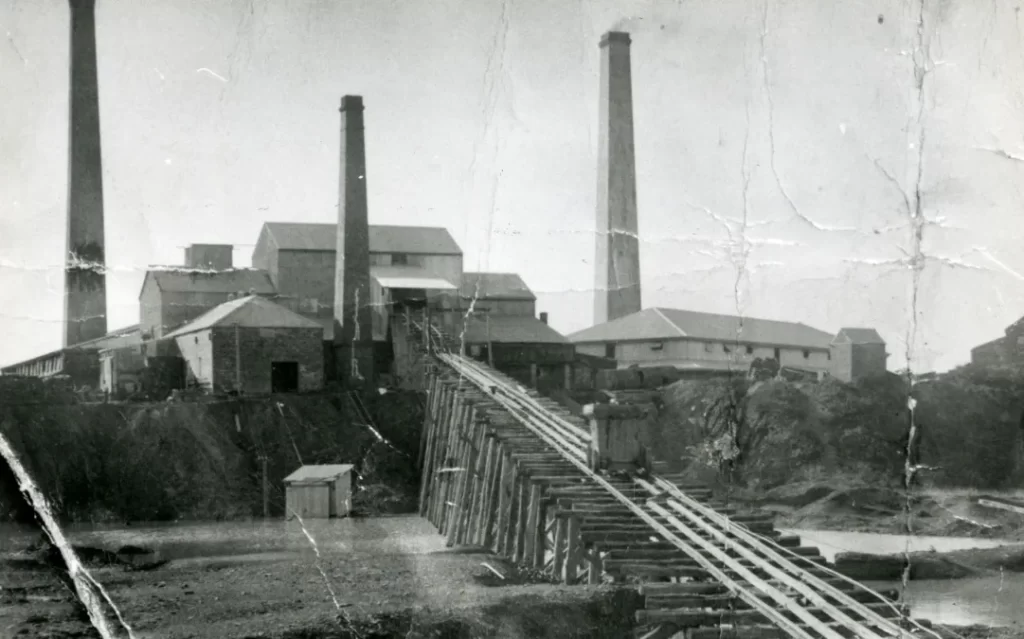
I remember also the magnificent timber growing in Hurstville in those days. Dent Bros. used to send large quantities of timber to New Zealand for wharfage purposes. Some of the charcoal burners were still operation, the charcoal being used principally by blacksmiths. One story of the charcoal burners comes to my mind. An old man – an ex-convict – and his wife made a living by charcoal burning. They both drank freely and when drunk used to quarrel fiercely. One night during one of these quarrels the woman took the man and threw him on the fire. He was too drunk to get out of the fire, and there he stayed. The next day Jack Pearce happened to ride by their hut. He saw a pair of boots sticking out of the fire and went to investigate. All that was left of the unfortunate husband was his two legs with the boots on the feet. Pearce hung the legs up in a black-butt tree, and there they remained for a number of years.
My father bought Oatley’s grants and adjoining lands and this estate become known as “Judd’s Meadows”. We lived in Oatley’s old Home. At one time we constructed a straight mile of a race course near the present Dumbleton (Beverley Hills) railway station. Jimmy Gardiner, a horse trainer, rode a wild black horse there one day. The horse ran away with him and dashed into a tree. Gardiner woke up three weeks later.
In addition to horse-riding we had cock-fighting and many mains were fought there. I have seen as many as seventy vehicles parked there which had brought onlookers to the fights.
When I was the owner of the Meadows I once tried closer settlement on the estate. I had five farms irrigated, city water was used. I let the farms and the first family to settle were Spaniards. They grew tomatoes principally and were very successful. Another of my tenants used to electrify the ground. He was successful also. Later on I tried sheep-farming on the estate, but the weather spoilt that and I lost money on the venture.
In the days of which I am speaking there was no medical man in Hurstville, and meat and bread only came twice a week from St. Peters.
The first medical man in Hurstville was Dr Swain, and he was followed by Dr James Macleod, who was one of the first to use a motor car.
Robert Millikin, ‘Old Bob’, as he was called, was the first cabman to ply in Hurstville. Afterwards he acquired a taxi-cab, a quaint old car, and only recently he retired from the ranks.
At Kingsgrove none of the houses were even locked up. Any money in the house was usually placed in a vase on the mantelpiece. Once a sailor came into the district and like every one else was trusted. One day, however, he stole the money in one of the vases, and was caught by some of the women who took the sailor and tarred and feathered him.
When John Sproule was mayor he used to ride a black blood horse which was ridden from Bathurst to Sydney in record time.
Speaking of the brick-works, bricks made there were used in the foundations of the Queen Victoria Building, the Equitable Building and the New York Life Building. Very few bricks were used locally, nearly all the houses were of wood.
In St George Church of England cemetery a soldier who had fought at Waterloo was buried, and Mr Blackshaw had his tombstone renovated. Another war veteran in the district was a man named Addis, who fought in the Crimea. He constructed a channel in the bed of Picnic Creek to Oatley Bay so that he could bring his boats up. The channel was a favourite bathing place for boys and was known as Addis Channel.
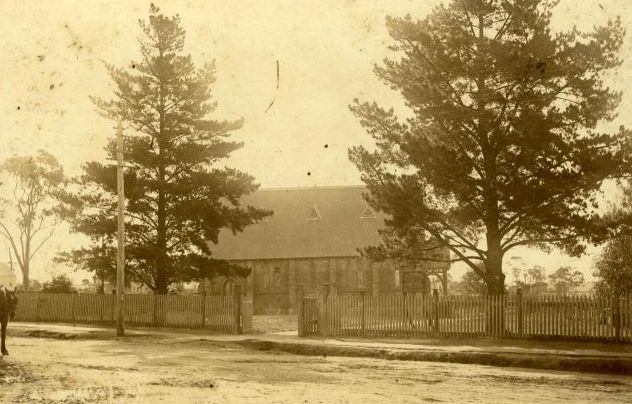
Along Forest Road, from Station Lane to about the White Horse Hotel, thirty years ago, was a paddock known as Humphrey’s paddock. A creek ran through it and there was a rail-fence along the most unpromising bit of building land in Hurstville, and when the whole paddock was offered to me for £2,800 I did not take much time in declining the offer. In 1911, however, when Mr Blackshaw was mayor, he set about getting the land drained and improved and recently some of the land has been sold for over £500 per foot.”
This article was first published in the November 1991 edition of our magazine.
Browse the magazine archive.
Unless noted, images courtesy of the Bayside Library Service Local History Collection.
